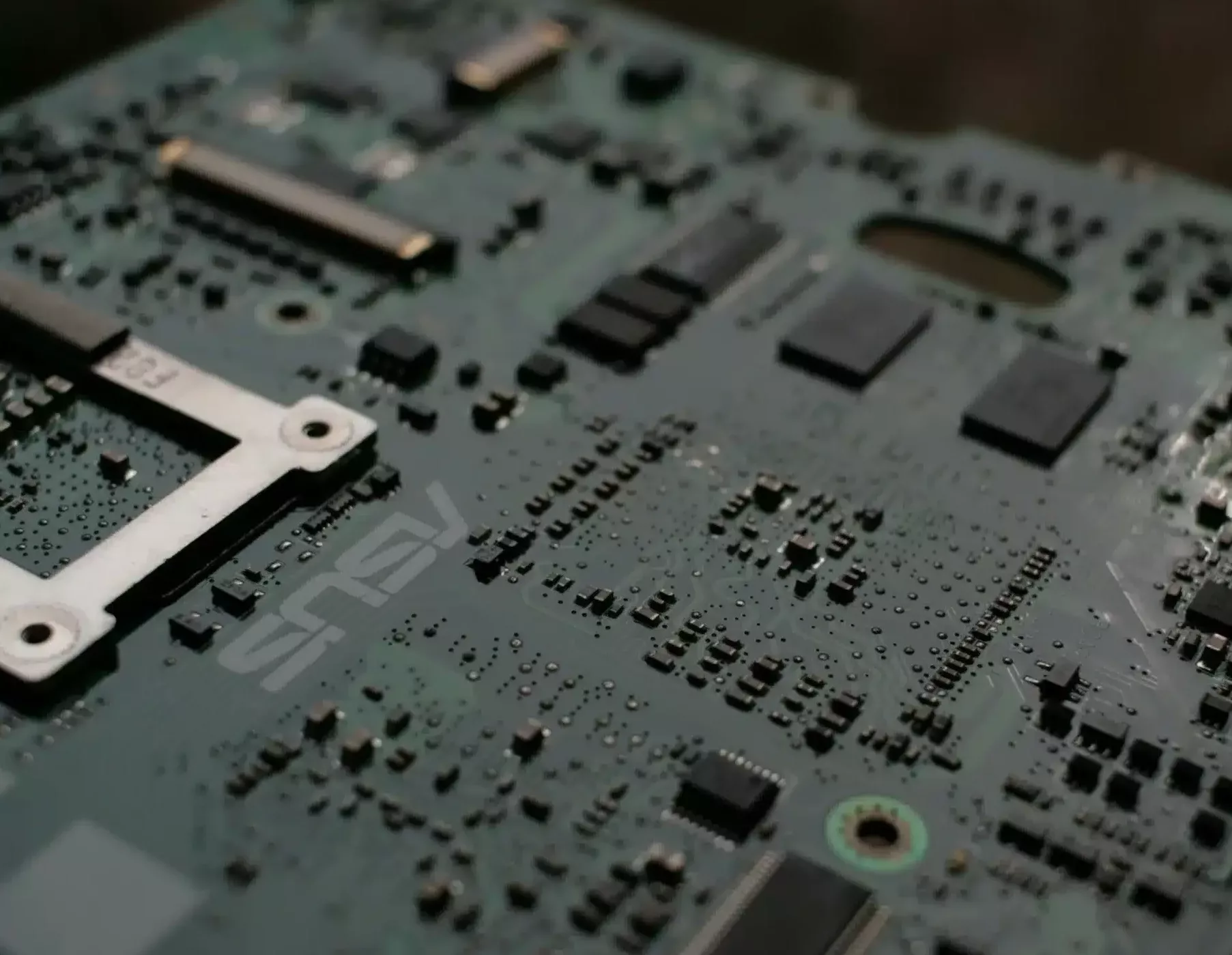
Introduction
In the realm of embedded systems, where efficiency and reliability are paramount, the choice of a microprocessor can make all the difference. One such formidable contender in this arena is the CN Microprocessor, a powerful yet versatile chip that has been gaining traction among embedded system designers. By understanding the insights of a CN Microprocessor, designers can harness its capabilities to develop sophisticated and high-performing embedded systems. This guide unleashes the intricacies of the CN Microprocessor for embedded systems, covering their significance, architecture, design considerations, and applications while providing insights for designers looking to harness its potential.
What is a CN Microprocessor?
The CN (Core Number) Microprocessor is a high-efficiency, cutting-edge chip explicitly designed for embedded systems and applications. Developed by a team of skilled engineers, this low-power processing unit boasts a blend of high performance, minimal power consumption, and robust peripherals. The chip integrates advanced processing capabilities, strong security measures, efficient power management, and multiple interfacing options, making it an ideal candidate for a broad spectrum of applications––spanning from IoT devices to industrial automation.
The Significance of CN Microprocessors in Designing Embedded Systems
The significance of these innovative microprocessors lies in their architecture, which is specifically tailored to meet the rigorous demands of embedded systems. With a multicore setup, it comes with significant features and benefits, including optimised power efficiency, real-time processing, flexible memory options, cost-effectiveness, reliability, security, and scalability, making CN microprocessors highly advantageous for embedded systems.
Architecture Overview of CN Microprocessors
The architecture of the CN Microprocessor is a testament to its design sophistication, featuring a multicore setup that enables parallel processing and enhanced performance. The core components of its architecture include:
- Core Design – The CN Microprocessor typically features a multicore design, with each core capable of executing independent tasks or working in tandem to tackle complex operations. This design enhances the processor’s ability to handle multiple tasks simultaneously, making it highly suitable for embedded systems requiring multitasking capabilities.
- Memory Management – Efficient memory management is vital for embedded systems, and the CN Microprocessor incorporates advanced memory hierarchy techniques. It includes on-chip cache memory that significantly reduces data access times, alongside support for external memory interfaces. These features allow designers to scale the memory according to the system’s needs.
- Input/Output (I/O) Interfaces – To cater to the diverse needs of embedded systems, the CN Microprocessor comes equipped with multiple I/O interfaces. These interfaces facilitate communication with external devices and sensors, enabling the processor to interact with the physical world. The flexibility in I/O options ensures that designers can tailor their systems to specific application requirements.
Design Considerations for Embedded System Designers
When integrating the CN Microprocessor into an embedded system, designers must consider several factors to leverage its capabilities fully. Some of these factors include:
- Power Management: Optimising power consumption based on the application’s requirements is crucial for maximising battery life and efficiency.
- Thermal Management: Adequate cooling solutions and thermal design considerations are essential to maintain performance and reliability.
- System Integration: Careful planning is required to integrate the processor with other system components, ensuring seamless communication and functionality.
- Software Development: Utilising the appropriate development tools and environments is essential for programming the CN Microprocessor, affecting the system’s overall performance and capabilities.
- Scalability and Future-proofing: As embedded applications evolve and expand in complexity; scalability becomes a crucial consideration. Designers should opt for CN microprocessors with scalable architectures and ample room for future expansion. This will enable seamless migration to higher-performance variants or integration of additional features without requiring a complete redesign of the system.
Broad Range Applications of CN Microprocessors in Embedded Systems: Use Cases
The versatility, adaptability, and efficiency of the CN Microprocessor extends across a myriad of applications, including but not limited to:
- Consumer Electronics
From smartphones to smart home devices, the CN Microprocessor finds its place in a multitude of consumer electronics. Its power efficiency and computational capabilities enable the development of feature-rich yet energy-conserving products.
- Automotive Systems
In the automotive industry, the CN Microprocessor powers advanced driver-assistance systems (ADAS), infotainment systems, and engine control units (ECUs). Its ability to process data in real time ensures the reliability and responsiveness needed in automotive applications.
- IoT Devices
The proliferation of IoT devices demands energy-efficient processors capable of supporting connectivity, sensor interfacing, and data processing. CN microprocessors are extensively used in IoT applications, powering devices ranging from smart home appliances to industrial monitoring systems.
- Industrial Automation
The processor’s robustness and real-time processing abilities are key to its deployment in industrial automation. It facilitates the monitoring and control of machinery, ensuring operational efficiency and safety.
- Healthcare
In healthcare, the CN microprocessors are significant in multiple portable medical devices and diagnostic equipment, facilitating patient monitoring systems.
Final Thoughts
The CN Microprocessor embodies a significant advancement in the field of embedded systems, offering a blend of performance, efficiency, and versatility. As embedded system designers explore and adopt this powerful microprocessor, they unlock new possibilities for innovation across a wide array of applications. By understanding the CN Microprocessor’s basics highlighted in the guide, designers can craft systems and products that meet, or even exceed, the evolving demands of modern technology and society.





















